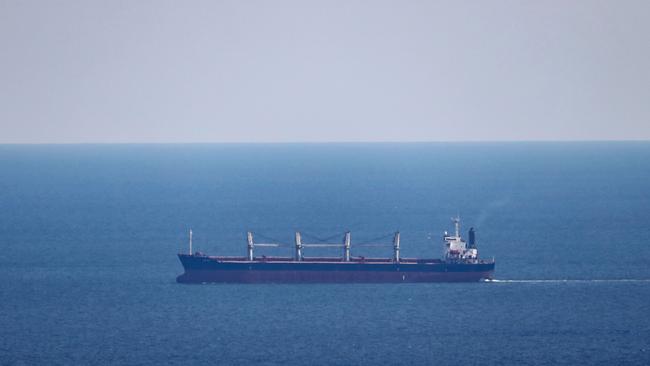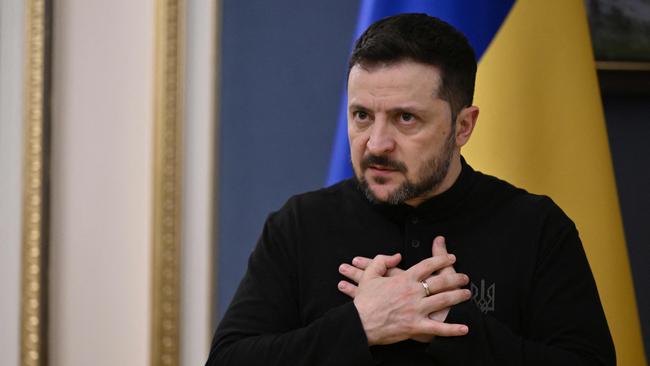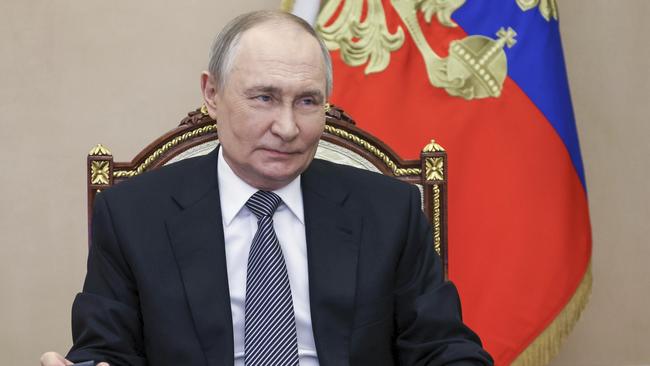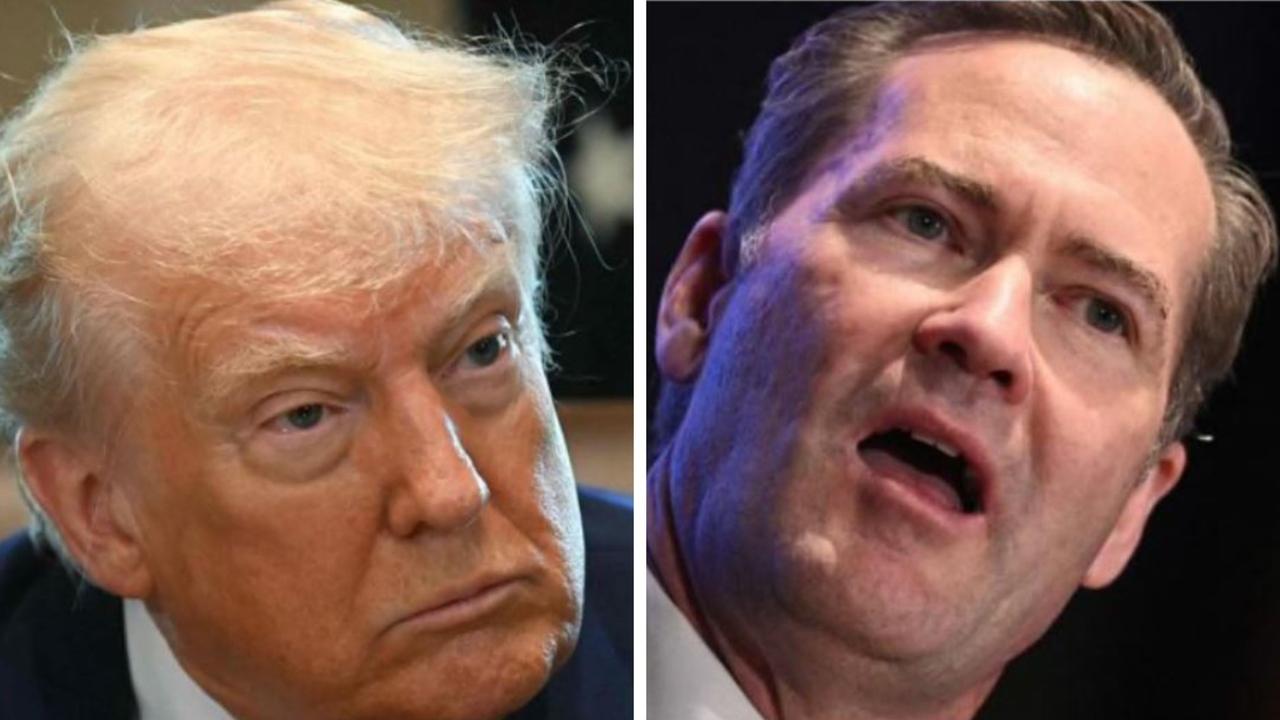US agrees to help Russia boost exports in Black Sea truce
Arrangement is part of a US-brokered deal for Russia and Ukraine to eliminate the use of force in the Black Sea

The Trump administration agreed to help Russia increase exports of its grain and fertiliser to global markets, as part of a US-brokered deal between Russia and Ukraine to eliminate the use of force in the Black Sea.
The White House said Tuesday it would also help lower Russia’s maritime insurance costs, and enhance access to ports and payment systems for such transactions. Such changes would accelerate Moscow’s routes to market but depend on the lifting of some sanctions by European countries, which have kept the restrictions in place because of the war. Ukraine signalled that it wasn’t on board with the weakening of sanctions.
The Kremlin said that its compliance with the Black Sea agreement was conditional on the lifting of sanctions on major Russian banks involved in the food and fertiliser trade. In its statement on the deal, Moscow said the banks would need to be reconnected to the Swift payment network, singling out Rosselkhozbank, a state-owned bank that deals with Russian agribusiness, but implying that restrictions on other banks would also need to be removed.
Western sanctions never targeted Russian grain or agricultural exports directly, because that is largely prohibited under international law, and because of concerns that such sanctions could raise food prices and increase global hunger. But Russia says its agricultural exports were affected by the European port and banking sanctions.

The Kremlin has long sought the lifting of financial sanctions, which lie at the heart of the Western sanctions regime. The European Union has always said its banking sanctions allow exemptions for payments to Russia for permitted trade, such as grain and fertilisers. Among the banks the EU didn’t sanction, for instance, is Gazprombank, one of Russia’s largest, and a key conduit for payments for Russian natural-gas sales.
“Putin’s endgame is clear — he wants to coax Trump into lifting sanctions on Russian banks and energy companies to enable the Kremlin to pull in the hard currency it desperately needs,” said Edward Fishman, senior research scholar at Columbia University and a former senior US sanctions official. “But there appears to be daylight between Moscow and Washington. The Russian statement goes much further on sanctions relief than the US statement.”
There was no immediate comment from the European Commission, which manages the EU sanctions policy. However a senior EU official said that while the Russians have long been eager to see Western sanctions lifted, “Europeans remain determined to keep up the pressure” on the Russian economy. EU countries would need to agree to reinstate Russian banks to Swift, which is headquartered in Belgium.
It wasn’t immediately clear what benefits the deal conferred on Ukraine. Ukrainian strikes with missiles and sea drones have long forced the Russian Navy to withdraw from large parts of the Black Sea, facilitating an increase in Ukrainian grain exports. Kyiv’s defence minister said after the deal was reached Tuesday that Ukraine had the right to self defence if Russian warships left the eastern Black Sea.
It couldn’t immediately be established whether the agreement meant that Russia would curtail its missile and drone strikes on infrastructure in Ukrainian Black Sea ports, which officials in Kyiv had said they wanted to be part of any deal.
In a news conference on Tuesday, Ukrainian President Volodymyr Zelensky said the Americans considered a moratorium on striking ports part of the deal.

“Quiet in the sea and free shipping, free civilian shipping, includes everything,” Zelensky said. “Including that you cannot strike the infrastructure of the ports. There will still be many clarifications regarding these agreements.”
Zelensky added that Ukraine didn’t sign onto the US’s pledge to help Russian agricultural products reach global markets and said it represented a “weakening of sanctions.”
Last week, Russia launched one of its largest drone attacks of the war on the port city of Odessa, injuring at least three people and demonstrating the damage it can do on the eve of ceasefire negotiations.
The White House said Tuesday that it had agreed with both Russia and Ukraine to take steps to implement a previously agreed ceasefire covering attacks on energy facilities in both countries. It also reiterated the US’s commitment to seeking the return of Ukrainian children forcibly moved to Russia.
The EU has left some Russian banks out of its sanctions lists to enable payments for agricultural products, fertilisers and some of the energy products it continues to import.
The Kremlin on Tuesday also called for the lifting of sanctions on Russian producers and exporters, along with restrictions on insurance on cargoes of agricultural goods and port access by Russian vessels involved in the food trade.
The US-Russian agreement points to one of the many challenges a peace process will have for both sides. While imposing sanctions on a rogue regime is relatively straightforward, Western countries have repeatedly over the last 15 years tripped up in attempting to partially ease a sanctions regime, finding that reversing some of the restrictions often has little impact on the ground.
At the same time, Russia’s demand for a sweeping removal of banking sanctions is also an example of how the Kremlin is likely to try to exploit a limited sanctions rollback to neuter the core elements of the sanctions regime.
In the first year of the conflict, Russian food and fertiliser exports were indeed hampered by international sanctions. In December 2022, the EU adjusted its own sanctions regime under international pressure to make it clear to customs and port authorities in member states that they could receive fees from Russian vessels that were stuck in European ports carrying unsanctioned goods.
Wall Street Journal






To join the conversation, please log in. Don't have an account? Register
Join the conversation, you are commenting as Logout